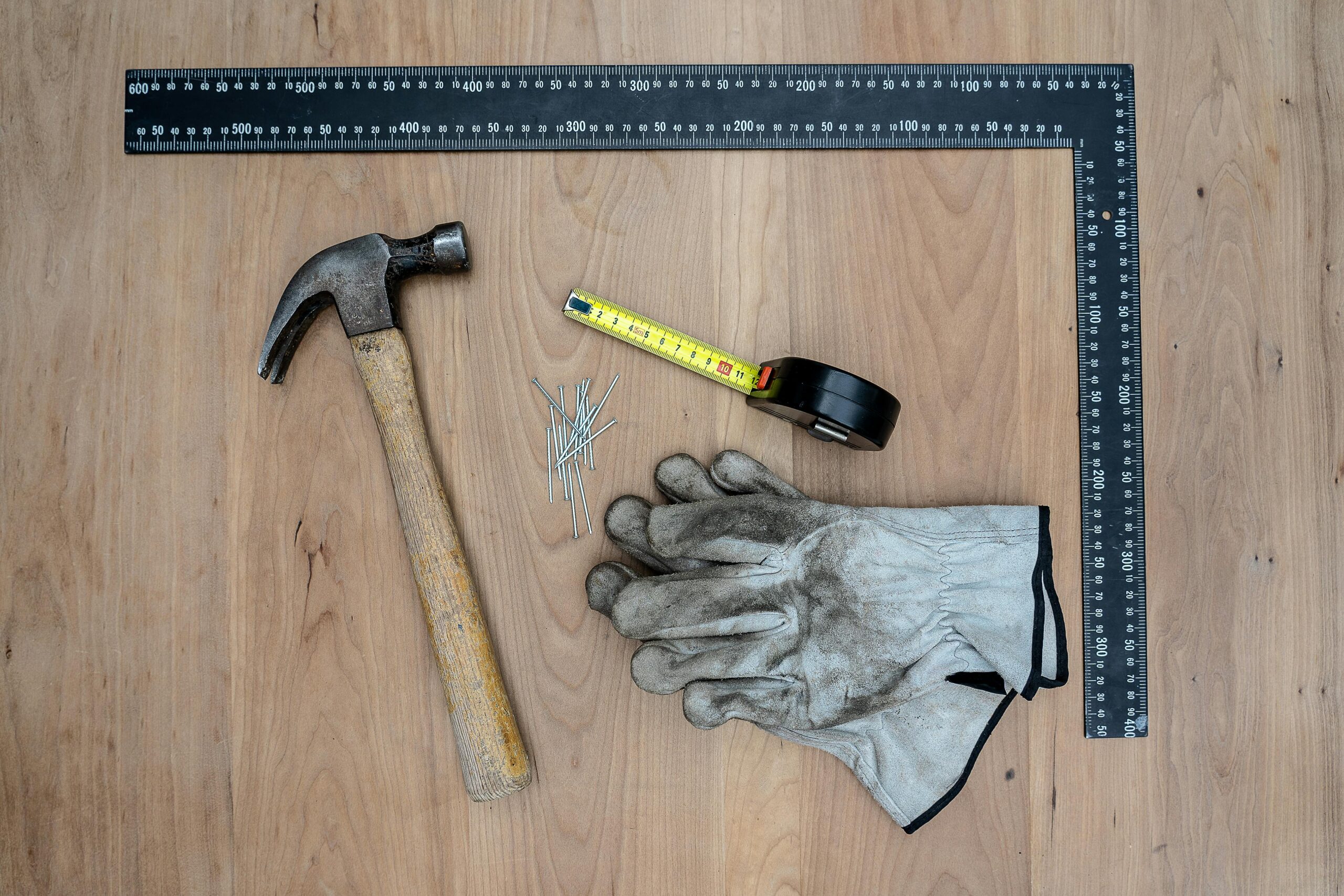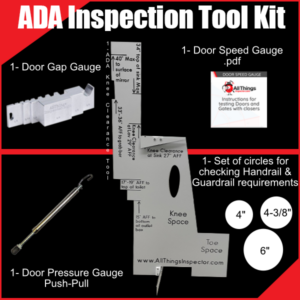

Owning a business or an organization means that there are certain guidelines you must follow to make your space accessible to everyone including those with disabilities. These guidelines cover everything including handrails, signage or the width of the doorway.
One major tool used in ensuring ADA compliance is the ADA tape measure. This tape measure ensures that the measurements in your business are accurate and align with the ADA requirements.
Measurement accuracy matters when it comes to ADA compliance otherwise it’ll be a challenge for buildings to meet ADA standards and for people with disabilities to access the building. Hence, the importance of an ADA-compliant tape measure.
ADA tape measure is a tool used to ensure ADA compliance. For example, door widths must be at least 32 inches when the door is open at 90 degrees. Using an ADA tape measure can help you get accurate measurements and eliminate errors.
An ADA tape measure has a clear difference from a standard tape measure in appearance. However, it is designed to make ADA measurements easier and more precise. Below are some of its features:
ADa tape measures have bold, easy-to-read markings that allow clear and accurate measurements even in poorly lit environments.
These tape measures come with clear increments that meet ADA standards which allows builders to measure spaces with accuracy.
ADA-compliant tape measures are designed to withstand rough environments like construction sites and they remain accurate and reliable over time.
When building an accessible space, whether is a new project or a renovation, working with an ADA tape measure helps simplify the process and ensure compliance. For instance, while designing a ramp, the slope must be accurate to avoid being too steep or impossible to use. An ADA tape measure helps you take accurate measurements and meet the required 1:12 slope ratio. The same applies when installing handrails or signage, the height and positioning are necessary to meet ADA standards which an ADA tape measure can help you identify easily.
When hiring an architect, designer or contractor, ensure their measurements are backed by an ADA tape measure to avoid errors that could result in non-compliance. With the right tools, these professionals can be confident their works meet ADA requirements and provide access to all users.

Ensuring ADA compliance during the construction of your business or organization is important in creating an environment that accommodates everyone. Using an ADA tape measure is one of the most accurate ways to guarantee that the measurements of your doors, handrails and other important areas are up to ADA standards and requirements.



When it comes to ADA (Americans with Disabilities Act) compliance, you have two options as a business owner: either hire a certified ADA inspector or

It’s possible to mistake a standard tape measure for an ADA tape measure because they look almost identical. After all, both are used for measuring

Owning a business or an organization means that there are certain guidelines you must follow to make your space accessible to everyone including those with disabilities. These guidelines cover everything including handrails, signage or the width of the doorway.
One major tool used in ensuring ADA compliance is the ADA tape measure. This tape measure ensures that the measurements in your business are accurate and align with the ADA requirements.
Measurement accuracy matters when it comes to ADA compliance otherwise it’ll be a challenge for buildings to meet ADA standards and for people with disabilities to access the building. Hence, the importance of an ADA-compliant tape measure.
ADA tape measure is a tool used to ensure ADA compliance. For example, door widths must be at least 32 inches when the door is open at 90 degrees. Using an ADA tape measure can help you get accurate measurements and eliminate errors.
An ADA tape measure has a clear difference from a standard tape measure in appearance. However, it is designed to make ADA measurements easier and more precise. Below are some of its features:
ADa tape measures have bold, easy-to-read markings that allow clear and accurate measurements even in poorly lit environments.
These tape measures come with clear increments that meet ADA standards which allows builders to measure spaces with accuracy.
ADA-compliant tape measures are designed to withstand rough environments like construction sites and they remain accurate and reliable over time.
When building an accessible space, whether is a new project or a renovation, working with an ADA tape measure helps simplify the process and ensure compliance. For instance, while designing a ramp, the slope must be accurate to avoid being too steep or impossible to use. An ADA tape measure helps you take accurate measurements and meet the required 1:12 slope ratio. The same applies when installing handrails or signage, the height and positioning are necessary to meet ADA standards which an ADA tape measure can help you identify easily.
When hiring an architect, designer or contractor, ensure their measurements are backed by an ADA tape measure to avoid errors that could result in non-compliance. With the right tools, these professionals can be confident their works meet ADA requirements and provide access to all users.

Ensuring ADA compliance during the construction of your business or organization is important in creating an environment that accommodates everyone. Using an ADA tape measure is one of the most accurate ways to guarantee that the measurements of your doors, handrails and other important areas are up to ADA standards and requirements.